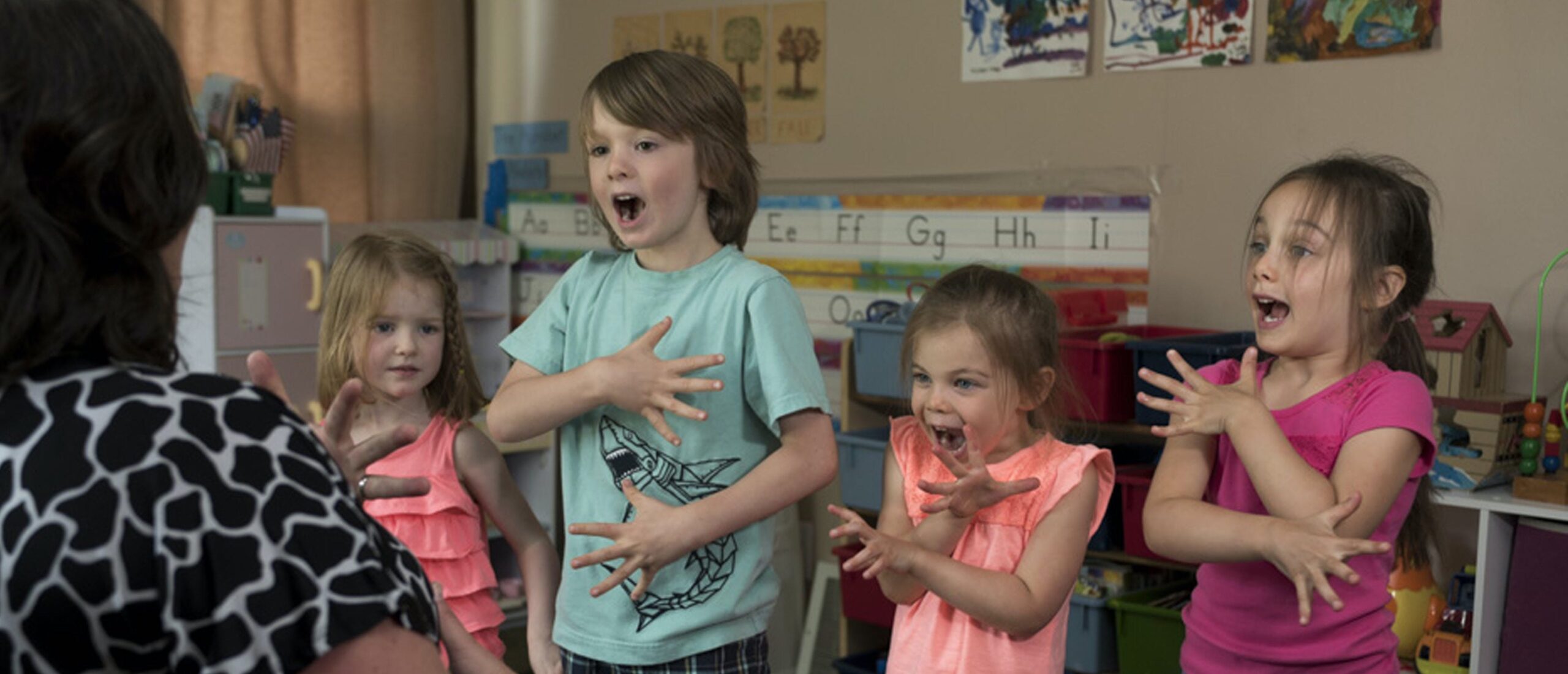The Magic of Storytelling: A Journey into TPRS in the Language Classroom

Hello, dear world languages and ESL teachers! Are you searching for a captivating way to ignite your students’ passion for language learning? Look no further! Today, I want to share my experience with you on how I used storytelling, specifically TPRS (Total Physical Response Storytelling), to engage my students in the exciting world of language acquisition.
Unlocking the Power of Storytelling
Storytelling is a timeless art that transcends cultures, languages, and age groups. It’s a bridge that connects hearts and minds, and when incorporated into the language classroom, it becomes a potent tool for inspiring students. TPRS, developed by Blaine Ray, harnesses the magic of storytelling to immerse students in language, making learning a dynamic and interactive experience.
What is TPRS, you ask?
TPRS, or Total Physical Response Storytelling, is a teaching method that centers on the creation of interactive and engaging stories. The primary goal is to involve students actively in the story’s development while keeping them engaged and eager to participate. The process is straightforward and highly effective.
The TPRS Method in Action
In TPRS, students become the heroes of their own stories. The narrative should be action-packed, tailored to students’ interests, and employ simple, repetitive phrases. As the teacher, you lead the story, but the students take center stage. Here’s how it works:
- Ask Comprehension Questions: Throughout the story, pause and ask students simple “yes/no” questions. For example, “Is the hero happy?” or “Is the dragon scary?”
- Offer Choices: Gradually progress to “this or that” questions. For instance, “Does the hero want to explore the forest or climb the mountain?” This encourages decision-making and participation.
- Pose Open-Ended Questions: Finally, pose open-ended questions that require students to express their thoughts more elaborately. For instance, “Why did the hero decide to go on this adventure?”
Student Stars of TPRS
One of the most magical aspects of TPRS is seeing your students shine as the protagonists of their own linguistic adventures. Imagine your students embarking on a journey as brave explorers, cunning detectives, or intergalactic travelers—all within the safe confines of your classroom.
Why TPRS Works
The success of TPRS lies in its ability to engage students on multiple levels. Here’s why it’s such an effective teaching method:
- Active Participation: Students actively contribute to the story’s development, making them invested in the learning process.
- Repetition: Repetition of key phrases reinforces language retention.
- Personalization: Stories tailored to students’ interests make learning meaningful and relatable.
- Comprehension Skills: Regular comprehension questions enhance students’ understanding of the language.
Enhancing Your TPRS Practice
Now, the exciting part! I’ve discovered some fun resources that can help you supercharge your TPRS practice and bring this dynamic teaching method into your classroom. Check them out:
- TPRS as an RPG – This video by Eric Herman has some awesome TPRS tips, as well as modeling for how to implement them in your classroom.
- “Close the Door!” Story Script – This lesson plan and script can be used in a beginning Spanish classroom, or modified for other languages and/or levels.
- Scaffolded Storyasking Template – Use this template as a prompt to get students thinking about storytelling in another language. Source: Magister P.
- Storyasking Workflow – This plays with the idea that a character is in jail. Why are they in jail? The students decide. The story unfolds from there. Source: Magister P.
In Conclusion
TPRS is a remarkable approach to language teaching that taps into the innate human love for stories. By allowing students to star in their linguistic adventures, you can transform your language classroom into a dynamic and engaging learning environment. So, why wait? Embrace the magic of storytelling and watch your students’ language skills soar to new heights!